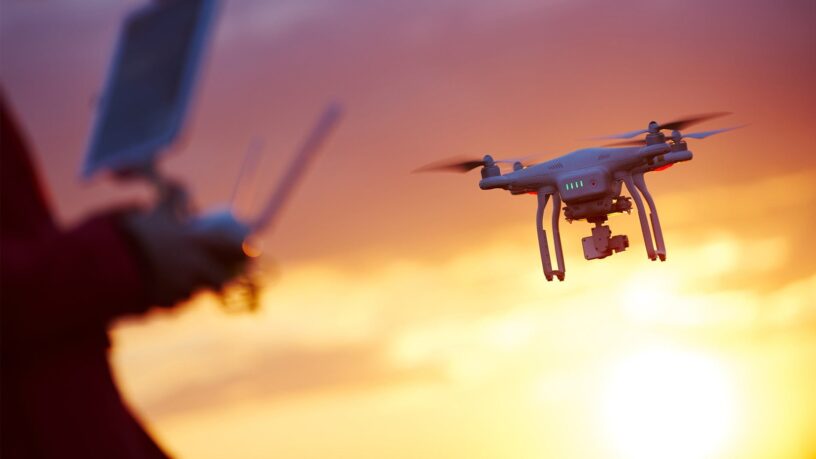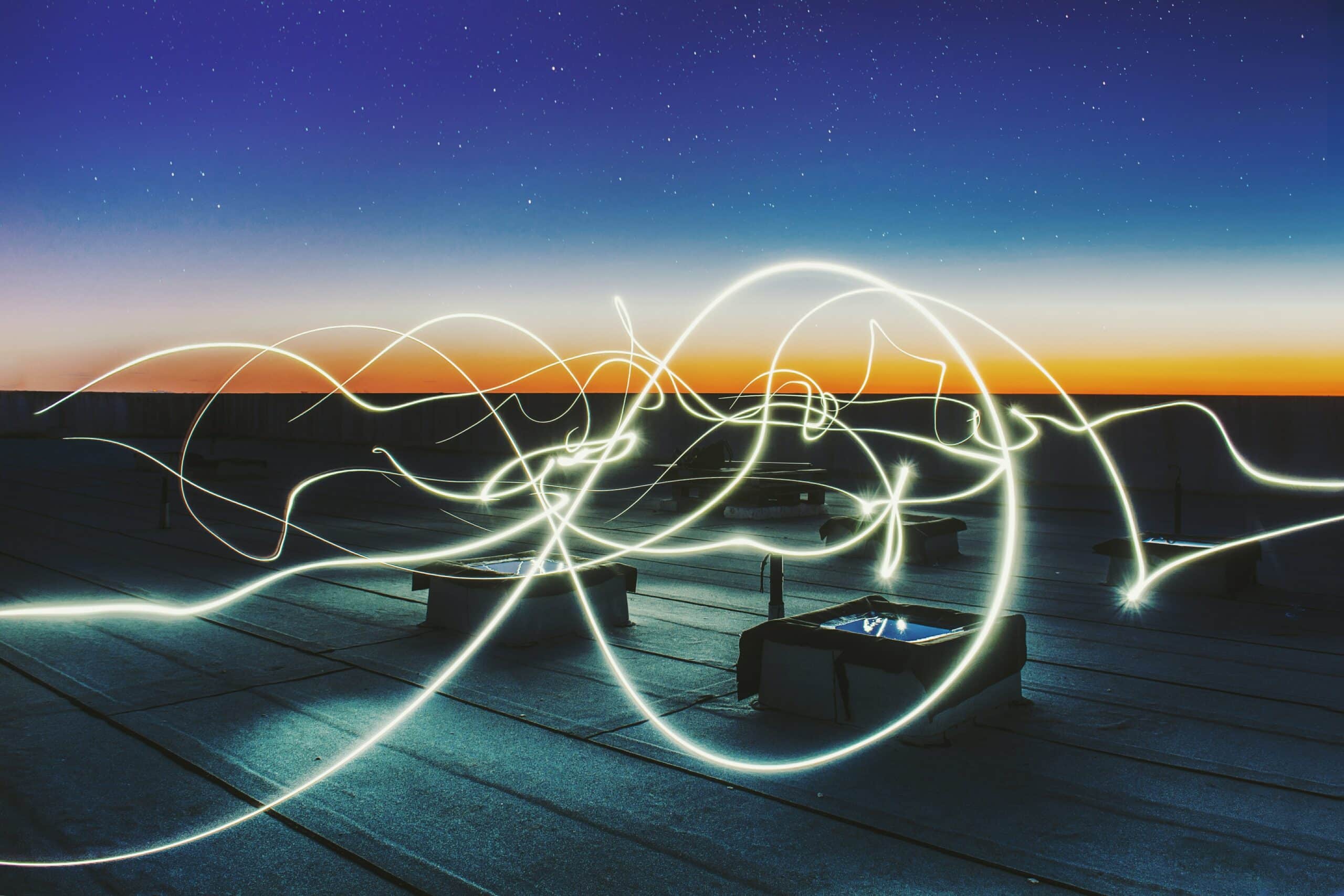Here is a happy news for all of you drone enthusiasts out there in India. The Government of India has finally acknowledged the use of drones or Remotely Piloted Aircraft (RPA) by civilians for personal as well as commercial use.
The Director General of Civil Aviation (DGCA) has drafted a set of rules and regulations named “Drone Regulation 1.0” for importing/buying, owning and flying drones in the country. These rules will come into effect from 1st December 2018.
ALSO READ: Vodafone Trials World’s First 4G IoT Drone Tracking And Safety Technology
This not only marks the end to ambiguity in drone laws and permissions but also opens up the Indian markets for drone manufacturers and distributors. Apart from that, those who want to fly drones would no longer have to get approvals from various authorities as DGCA has made the process standard across India.
New Rules and Regulations
DGCA has categorized Remotely Piloted Aircraft, on the basis of their weight as follows:
- Nano: Less than or equal to 250 grams.
- Micro: Greater than 250 grams and less than or equal to 2 kg.
- Small: Greater than 2 kg and less than or equal to 25 kg.
- Medium: Greater than 25 kg and less than or equal to 150 kg.
- Large: Greater than 150 kg.
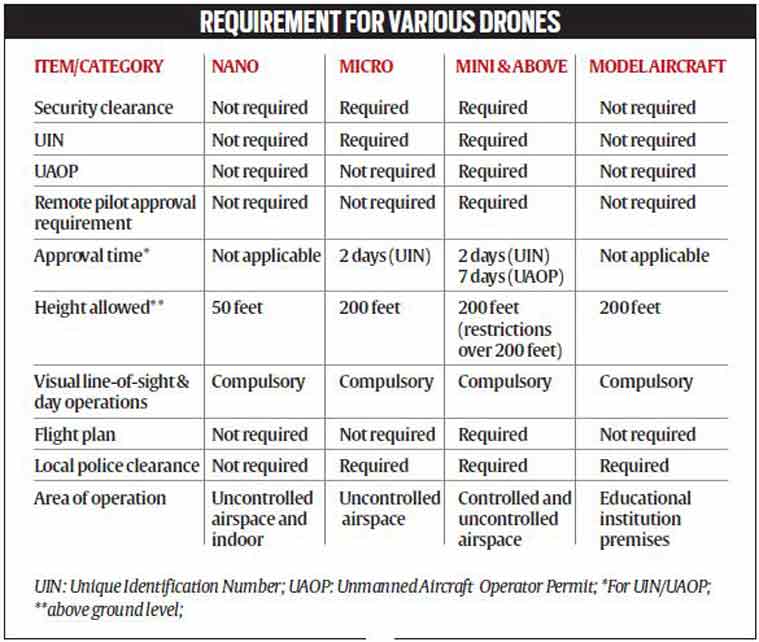
Image Credits: IndianExpress
As per the new rules, all drones except those in “Nano” category (if intended to fly below 50ft. altitude in uncontrolled or enclosed spaces) should have a Unique Identification Number (UIN). The operators who are flying the drones are also required to obtain an Unmanned Aircraft Operator Permit (with some exemptions for “Nano” and “Micro” drones flying under an altitude of 50ft. and 200ft. respectively).
ALSO READ: Here Is How Samsung Is Self Destructing Itself [TDAnalysis]
Digital Sky Platform
DGCA is also launching an online portal named Digital Sky Platform along with a mobile app to make it easy for those who want to obtain UIN for their drones or UAOP. The application and payment for UIN as well as UAOP can be carried out through the Digital Sky platform.
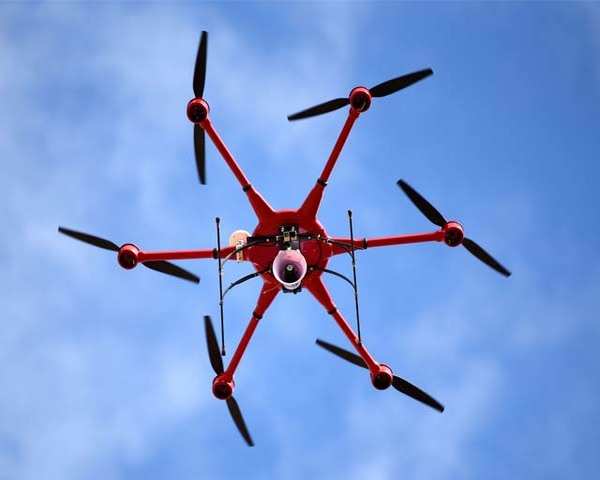
The operators, apart from informing the local Police, are also required to obtain permission through the Digital Sky platform every time before they fly their drones. In short, the Digital Sky platform will act as a hub for drone owners and operators across the country.
UIN And UAOP
Both UIN and UAOP will be issued by DGCA. UIN is tied with a specific drone and its owner. In case of selling the drone, the current UIN needs to be canceled and the buyer should obtain a new UIN from DGCA through the Digital Sky platform.
UAOP, on the other hand, is entitled to a person and has a validity of 5 years after which it needs to be renewed. The fee for obtaining UIN, UAOP, and renewal of UAOP are Rs.1,000, Rs.25,000 and Rs.10,000 respectively.
ALSO READ: Now Control Your Drone By Moving Your Head; DJI Goggles Announced!
Importing Drones
DGCA has also made rules for importing drones to India. By the way, importing drones is nearly impossible as of now. For importing drones, one has to obtain Equipment Type Approval (ETA) from Department of Telecommunication and Import Clearance from DGCA. On providing those, the Director General of Foreign and Trade will issue the license to import the drone, for which the UIN has to be obtained afterward.
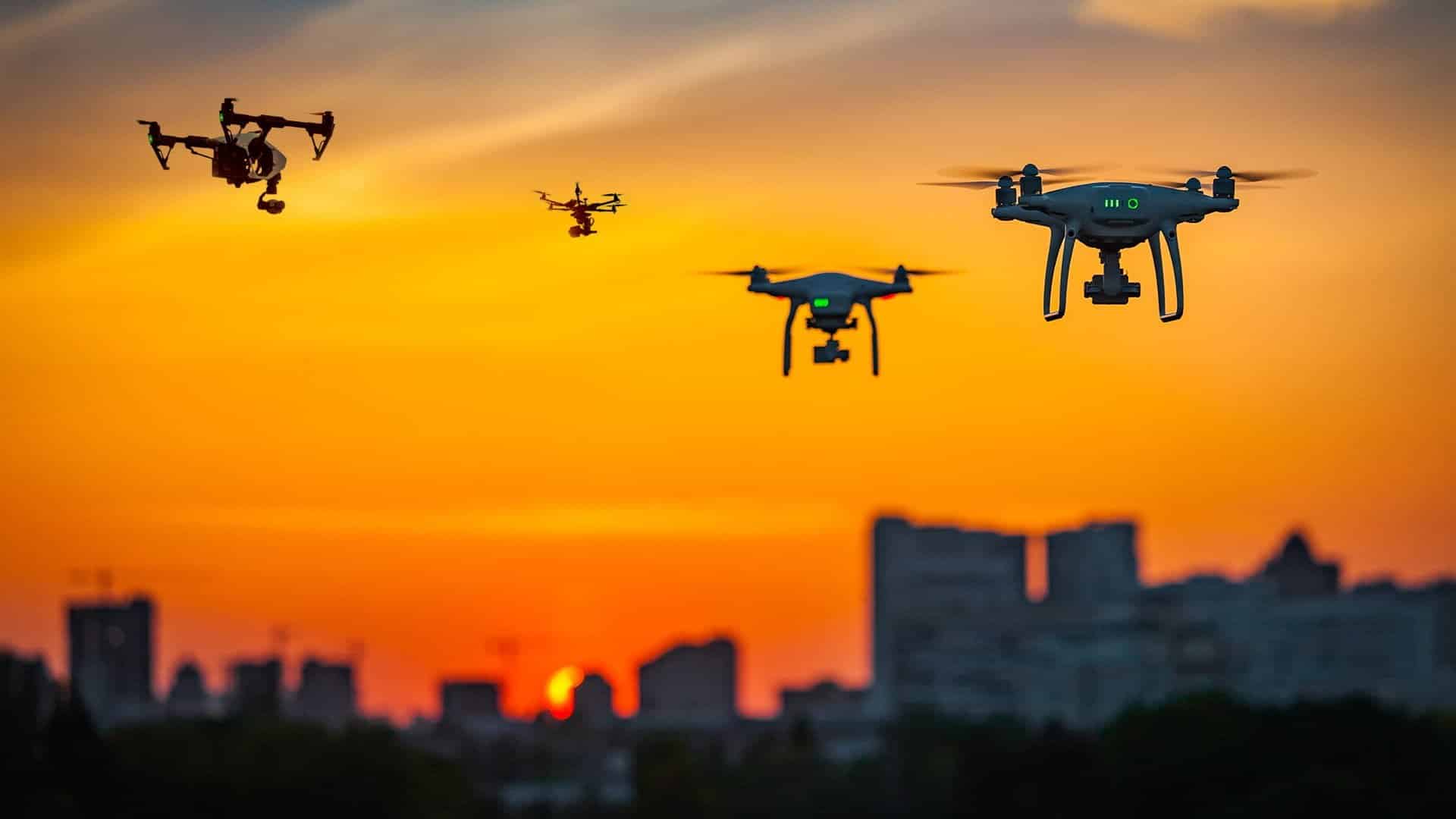
Those who plan to purchase drones in India should ensure that the device comes with ETA from Department of Telecommunication.
Drones should be also compatible with NPNT or ‘No Permission – No Take-off”. NPNT is a software programme that enables every drone to obtain permission through Digital Sky platform before operating in India.
No Drone Zones And Flying Restrictions
Some areas of prime importance are acknowledged as “No Drone Zones”, where flying drones are not allowed. These areas include 5 km radius of international airports, around other civil, private or military airports, strategic locations, near international borders, State Secretariat Complex, military bases, etc.
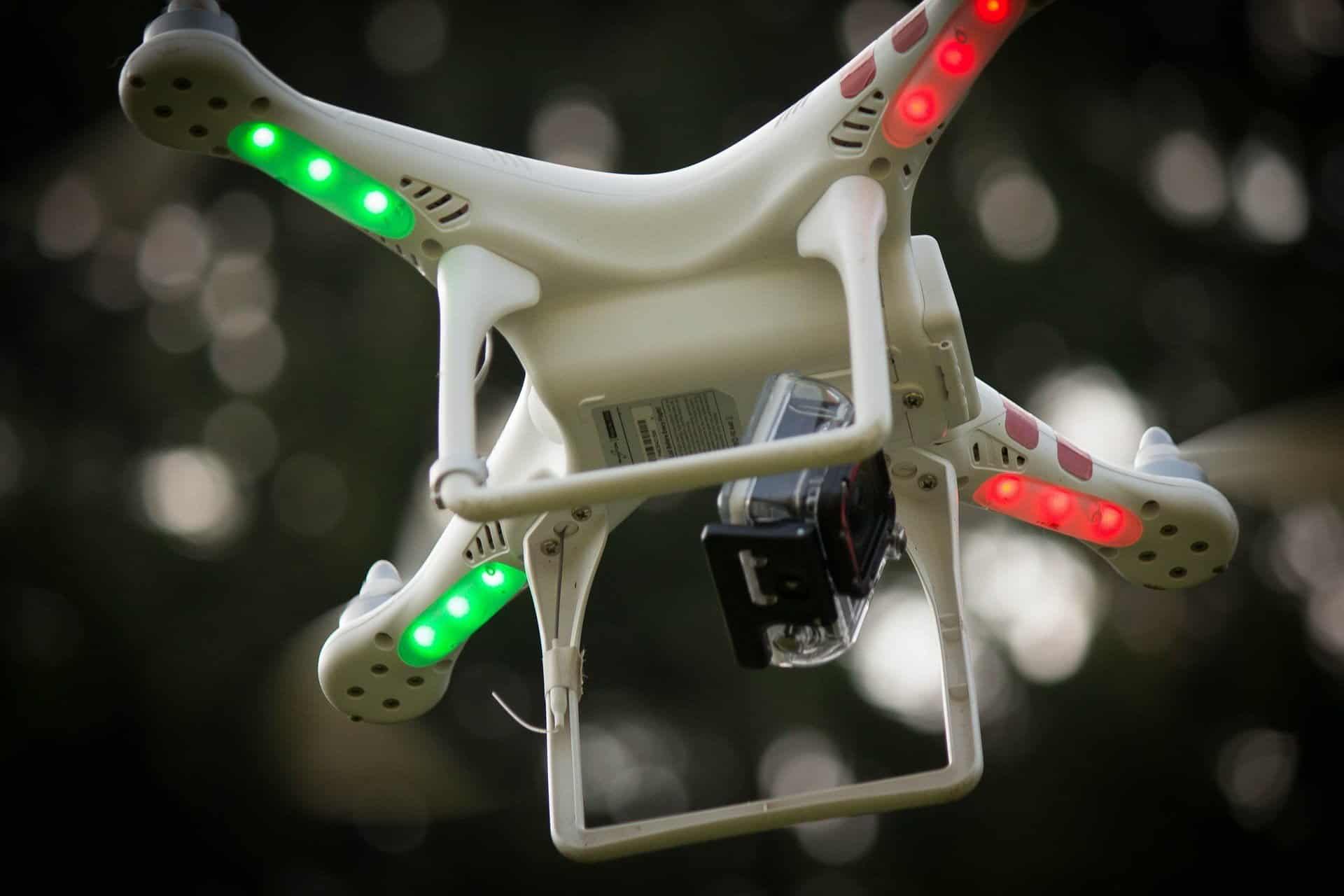
Of course, these are not all the restrictions mentioned in the policy. For more info, refer to the link given at the end of this article. DGCA has also made rules for manufacturers regarding the specifications and technologies to be incorporated in their drones. The policy insists operators, to fly drones during the daytime, at Visual Meteorologic Conditions, without intruding into others’ privacy. It also limits the maximum altitude to 400ft.
ALSO READ: 10.or D2: Is It A Worthwhile Upgrade? Is 10.or Playing Samsung?
The airspace would be divided into the following colored zones in the Digital sky platform:
- Red Zone: Flying not permitted
- Yellow Zone: Controlled airspace. Permission required before flying
- Green Zone: Uncontrolled airspace. Automatic permission
Conclusion
Overall, Drone Regulations 1.0 is a great move from the Indian Government. The community has been waiting quite long for something like this. We will know how effective the policy is, once it comes into existence.
To know the fine prints regarding restrictions, regulations, and requirements, check the complete policy here. DGCA has also prepared a list of Do’s & Don’ts and a lengthy FAQ, to clear your doubts.
What do you think of the Drone Regulations 1.0? Are you interested in drones? Are you planning to buy one? Let us know in the comments below.
Written by Naufal AJ (intern), edited and published by Atish Rajasekharan
BONUS VIDEO
For the latest tech news, follow TechDipper on Twitter, Facebook, Google+, Instagram and subscribe to our YouTube channel.

